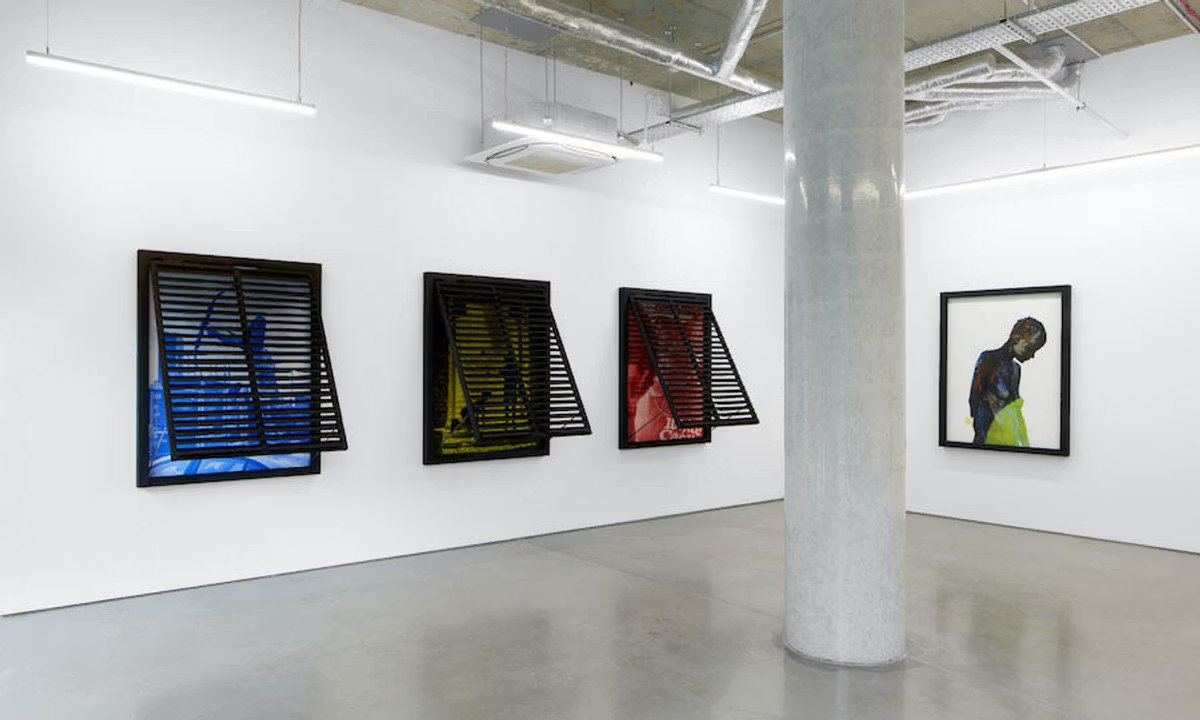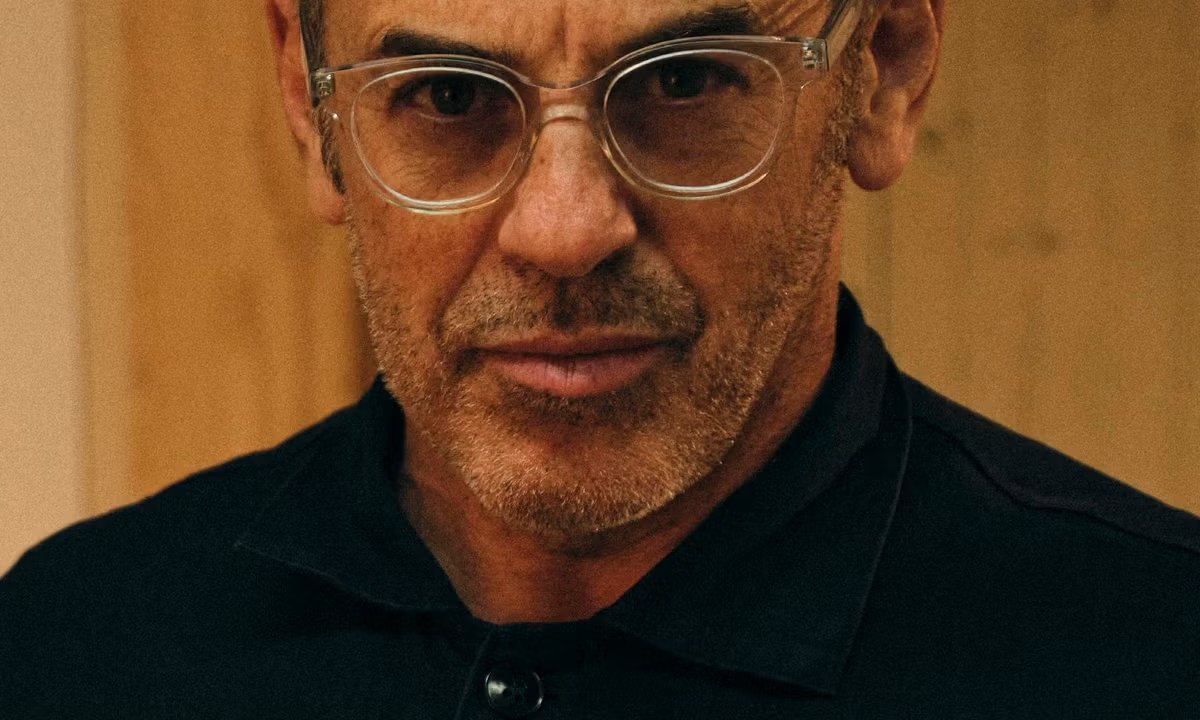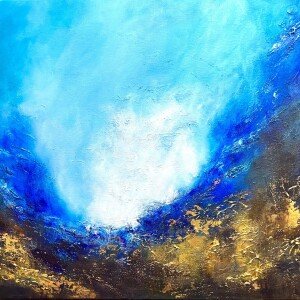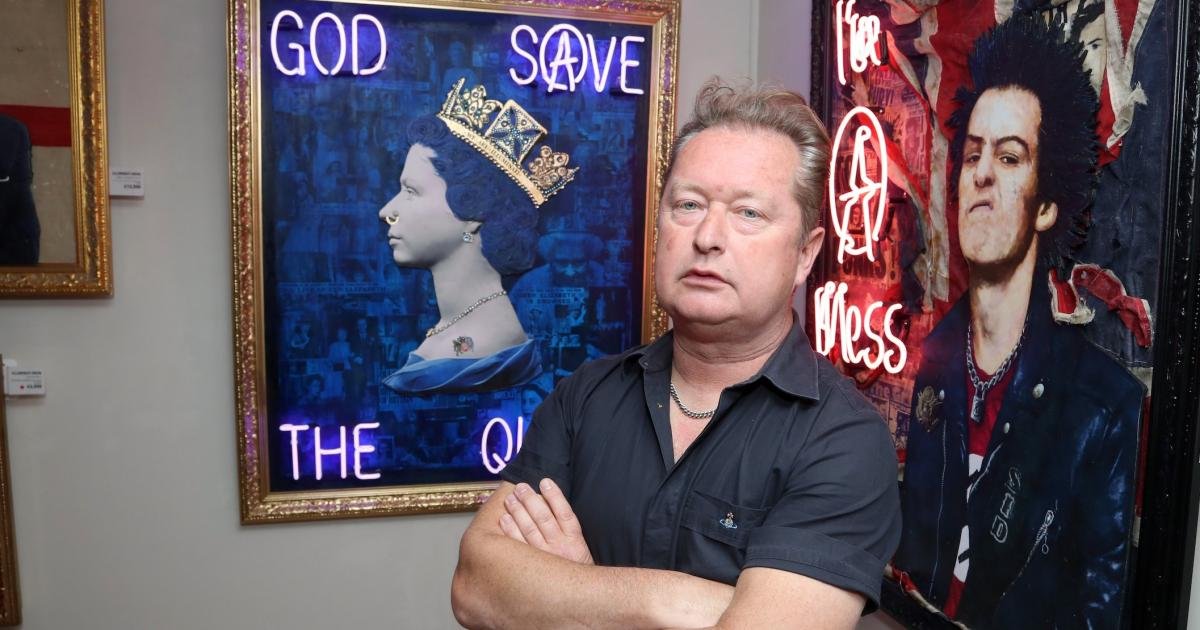Great Art Explained by James Payne
Thames & Hudson
“The best introduction to the lifelong pleasure and rewards of looking at pictures since Gombrich. An instant classic.” Stephen Fry
Hot off the press, the eagerly anticipated Great Art Explained, by British art curator and writer James Payne, is based on the popular YouTube channel of the same name. This fascinating new art history book reveals the stories behind 30 of the world’s most iconic paintings and sculptures. And he does this in a straightforward, engaging way without any confusing or off-putting art jargon. Great Art Explained is art history without pretension–insightful, engaging, and addictive. It’s also welcome to see that this book isn’t weighted towards white male artists: eight chapters are about female artists and seven are on artists of color. Like his channel, the book aims to democratise art appreciation by appealing to a wide audience from art novices to experts.
Famous Art Myths Debunked
The Arnolfini Portrait by Jan van Eyck, 1430
Universal Images Group via Getty Images
If you (like most viewers) of Jan van Eyck’s “Arnolfini Portrait” have always assumed the wife is pregnant, you’d be wrong. And not only that, she’s dead. If you thought Georgia O’Keeffe’s paintings depict female sex organs, or that Vincent Van Gogh was mentally ill for most of his life, or “The Scream” is a picture of a man screaming, you’d also be wrong. Great Art Explained also suggests that Gustav Klimt’s The Kiss, isn’t romantic at all but depicts a platonic friendship and that Monet’s last masterpieces, his aesthetically beautiful water lilies, may in fact be connected to the horrors of the first world war. James Payne provides the real story behind these famous paintings and debunks many other common art myths in his popular YouTube series, Great Art Explained in 15 Minutes and now, in his newly published book.
Great Art Explained, The Most Popular Art Channel
The Starry Night, June 1889 at the Museum of Modern Art, New York, USA
Art Images via Getty Images
Five years ago, during lockdown, James Payne created a YouTube channel based on his own interest in art history and to keep himself occupied during an enforced career break. To his surprise, the short videos became hugely successful (an early, unexpected twitter endorsement from Stephen Fry helped) and within a year he had a new career. Great Art Explained is now the biggest art history channel on YouTube with nearly 2 million subscribers and over 60 million views worldwide.
What Makes An Artwork Great?
A spread on Mona Lisa from Great Art Explained, the book
Thames & Hudson
The book, like his channel, takes the same no-nonsense approach to art analysis to shed new light on masterpieces from around the globe and reveals what makes them truly timeless works of art. Each chapter delves into not only the art itself but also the artist’s life, as well as the work’s place in their wider oeuvre; in other words, why it should be considered “great.”
Suzanne Valadon, The Blue Room (La chambre bleue) , 1923. Musée national d’art moderne, Centre Georges Pompidou, Paris. Artist Valadon,
Heritage Images via Getty Images
As it is not organised thematically like a standard art history book, Great Art Explained feels far more accessible, allowing you to jump in and out at your leisure. It opens with the monumental work “Along the River During the Qingming Festival” (1085-1145) by Chinese artist Zhang Zeduan followed by “The Arnolfini Portrait” (1430) by Dutch painter Jan van Eyck and the final chapter is “Lessons of the Hour” by British artist Isaac Julien. The book has an engaging selection of other famous works by Michelangelo, Claude Monet and Edward Hopper as well as lesser known gems by Hilma Af Klint and Suzanne Valadon. French painter Suzanne Valadon was a model and muse for male superstars like Renoir but was also a marvelous painter herself. Her self portrait “The Blue Room” was clearly influenced by Manet’s “Olympia” but instead of a “come hither” prostitute, we see a book-loving, cigarette-smoking, independent woman who isn’t remotely sexualized.
The Aftermath of Obliteration of Eternity by Yayoi Kusama at the Hirshhorn Museum, February 21, 2017 in Washington, DC.
AFP via Getty Images
Contemporary art is covered too, with a brilliant chapter on the meteoric rise of Jean-Michel Basquiat from a New York street poet to a globally acclaimed painter and a fascinating look at the deeply serious, radical aspects of Yayoi Kusama, the darling of the instagram generation.
Sandro Botticelli, The Birth of Venus, 1485, Gallerie degli Uffizi, Florence
© Gallerie degli Uffizi, Florence
“In a world of noise and distraction” Payne says, “great art slows us down. It demands attention, reflection, and interpretation. It doesn’t exist to give us easy answers – but it does give us better questions.”
Great Art Explained is an excellent combination of scholarship and accessibility, making complex art history clear, human and utterly compelling – a must-have addition to any art lover’s bookshelf.
Great Art Explained (hardback, £30/$39.95) by James Payne is published by Thames & Hudson in the UK on 2 October 2025 and in the USA and the rest of the world on 14 October.






